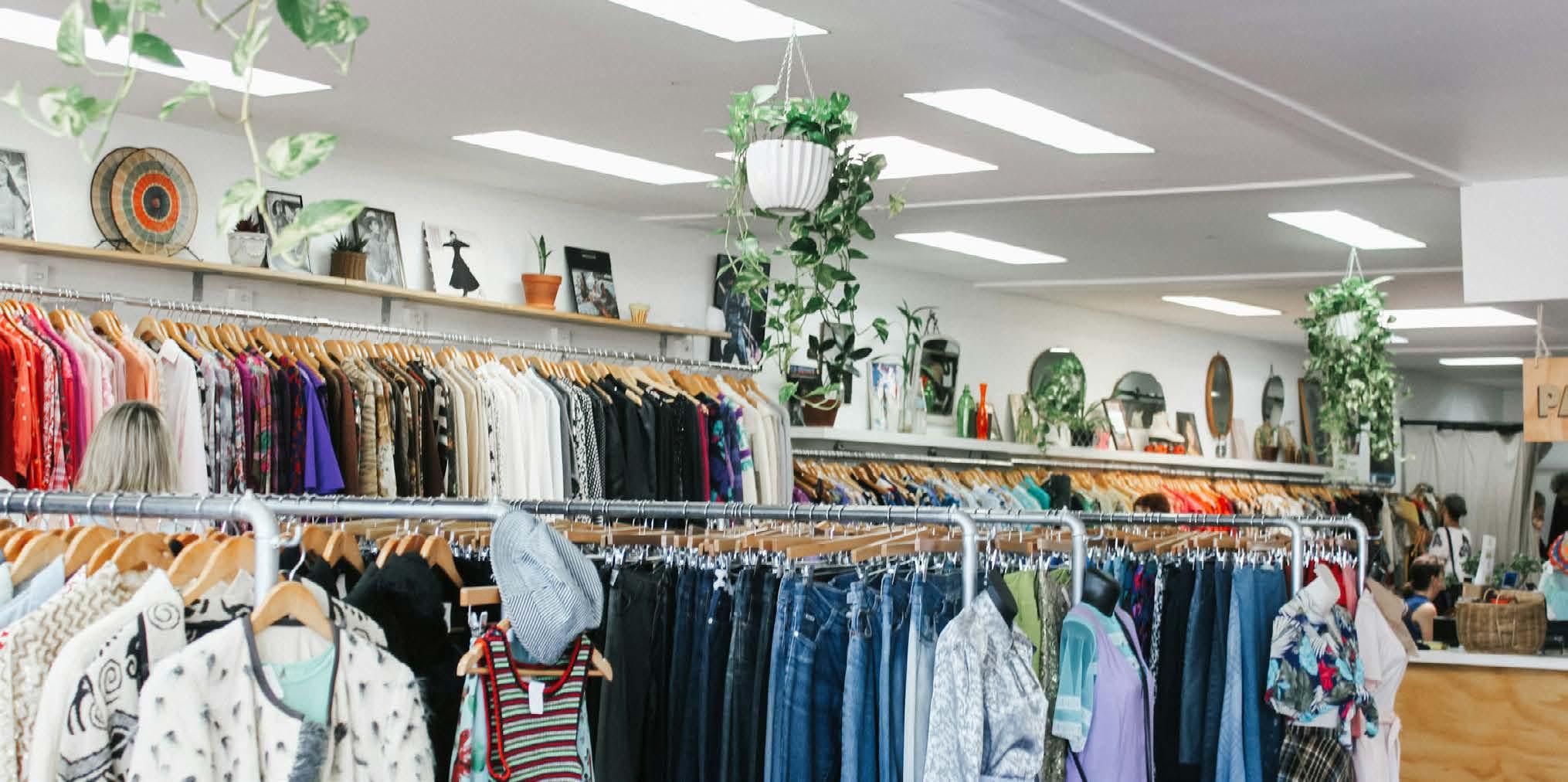
3 minute read
Charity Begins with Lighting
The charity shop, a staple of sustainable retail, is missing a vital piece of the customer experience: lighting. A lack of design thinking is leaving stores looking clinical, confusing—or worse, forgettable, says lighting consultant David Tilley
Beaconsfield, a picturesque market town in Berkshire, UK, is perhaps best known for its quaint model village, high property prices, and a surprisingly vibrant commercial center. The town’s high street boasts 55 shops,13 bars and restaurants, 12 hairdressers, five cafés and two supermarkets — but not a single bank. Amid this mix, charity shops make up a notable 12 per cent of the retail offer, with seven stores competing for attention.
Despite growing consumer consciousness around sustainability—and continued pressure on spending— most charity shops are not rising to the occasion. In particular, lighting design is being overlooked entirely, to the detriment of customer experience and potential sales.
Walk into many of these stores, and you’ll be met with the harsh glare of 600x600mm LED panels, often 5000K and flat in tone, leaving the space clinical and uninviting. Poor colour rendering means products appear dull and lifeless. The assumption seems to be that lighting is a tick-box exercise, rather than a strategic tool.
Even recently refurbished stores fall short. One Beaconsfield charity shop that introduced a more structured layout failed to carry this thinking through to the lighting. The result? Better navigation perhaps—but a lifeless ambience that discourages browsing and shortens dwell time.

This isn't just about aesthetics. Lighting in retail should aid navigation, highlight key product areas, and draw attention to service points. It should also support staff— particularly in charity shops, where many are volunteers without formal retail training—in merchandising effectively.
Yet decisions around lighting are often left to maintenance teams, who focus on energy efficiency and ease of replacement rather than customer psychology or retail best practice. Back-of-house areas are similarly neglected, with inefficient over lighting caused by poorly selected LED replacements for old fluorescent fittings.
Some stores inherit decent retail lighting systems but fail to adapt them to new layouts or merchandise mixes. Others undertake one-for-one LED retrofits without considering lux levels, contrast, or mood.
The bigger picture is worrying. With over 11,000 charity shops across the UK competing with each other and with mainstream retailers, creating a welcoming, engaging in-store experience should be a priority. Lighting isn’t an afterthought—it’s a vital part of that experience.
Charity shops have evolved. From selling only secondhand goods, many now offer new product lines, branded merchandise, and a curated shopping experience. But without lighting that supports these developments, the effort risks being wasted.
It’s time charity retail caught up. Great lighting doesn’t have to cost the earth—but ignoring it certainly might.


